Stealth Game Update
Design
Design Document Specifications
- This level was made with requirements from two game design documents in mind: the “Player Mechanics” document and the “Level Design” document.
- The “Player Mechanics” document was focused on game loops, player abilities, and balancing. Overall, the goal of the guidelines was to make the game feel challenging but rewarding.
- The player needs to be able to sneak and flee, creating the core gameplay loop between suspense and action. This level provides ample opportunities for both, as there are spaces for hiding placed intentionally between open spaces where dashing could be useful.
- Having throwable objects with broad usage was emphasized to encourage players to get creative and come up with new ways to get through the space. This level uses rocks that can be thrown to distract enemies with sound.
- It was also important for the player to have multiple modes of movement, and for the game to cheat slightly in the player’s favor to avoid frustration from perfectly functioning defenses. The player’s mobility allows for creative exploration of the space, but also for high adrenaline moments when they are seen by the guards and have to get away.
- The most important thing I wanted to do with this level was to make the player feel clever. I wanted the challenge to tease the brain a little bit and encourage creative problem solving.
- The “Level Design” document was more broad, focusing on concepts and creativity more than direct mechanical requirements. It helped inform how the design of the space and the objects in it should reinforce the themes and goals of the game.
- The main goal was to make the space feel natural while being intentional about curating the game experience. Considering the flow of the level and the different ways players might want to interact with the space were important.
- I tried to make sure that the level could be approached from any angle, especially if the player scouts the patrol routes from the vents above.
- I believe the strongest part of the level design is the lighting because of how it guides the eye towards the goals of the game, but it also could not be so functional if the space weren’t designed to cast interesting shadows and support sneaky gameplay.
Intentional Design of Mechanics to Create Interesting Gameplay
- The main mechanic that adds interest to this level is the collection of the key to unlock the path to the finish line. I didn’t like the idea of having a linear, point A to point B, obstacle course style level because I wanted the player to have motivation to explore the space creatively. Putting a barrier between the player and the end goal gives them a greater sense of purpose and adds complexity to an otherwise simple level.

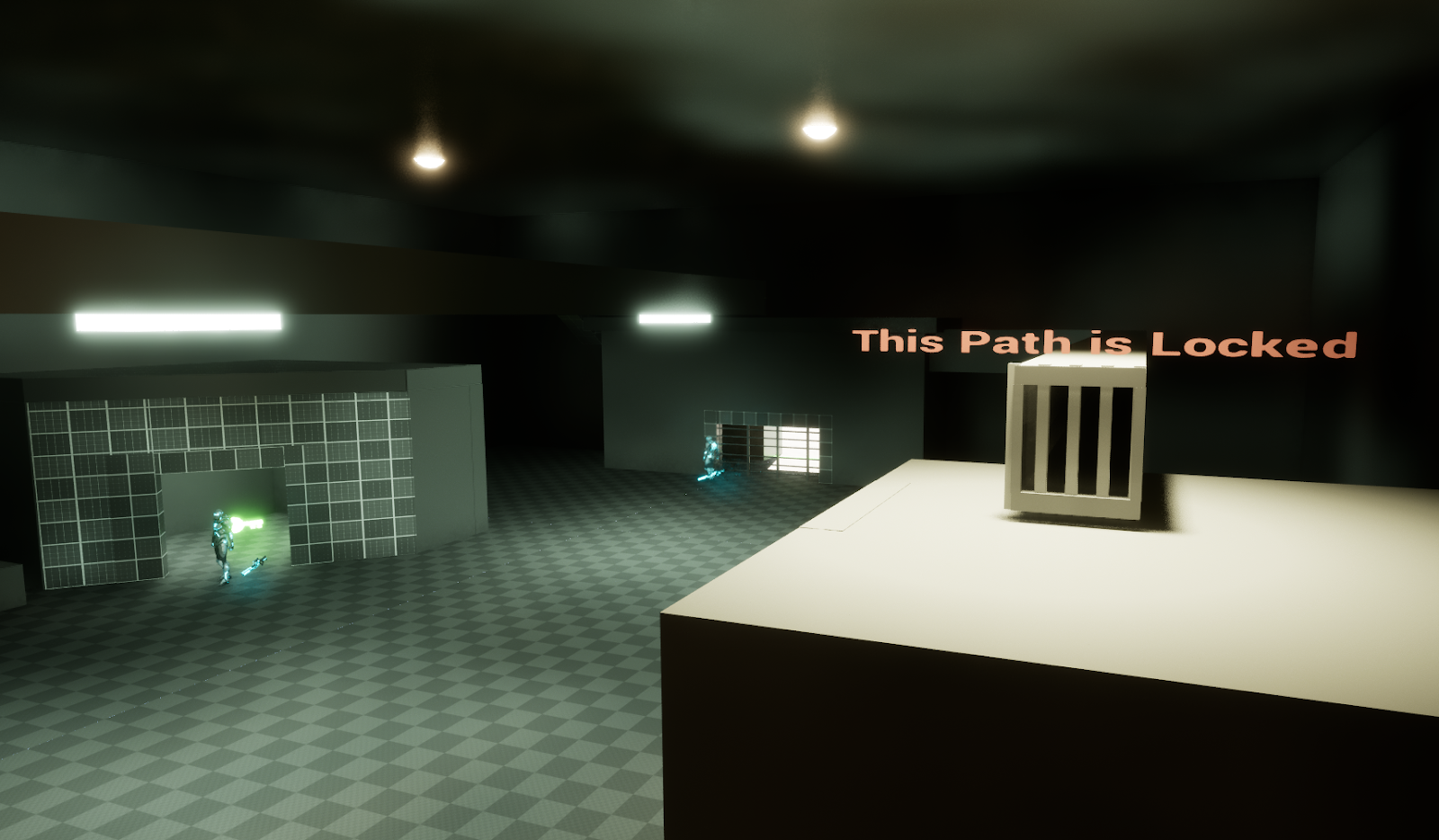
Target Emotions and Related Design Choices
- The primary emotions the player should feel are suspense and relief.
- Open space and multiple guards with visibility over the same areas will make it challenging for players to time their distractions and movements, creating a sense of tension and suspense.
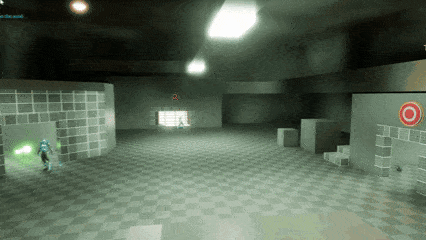
- Narrow and dark hiding spaces throughout the level allow the player moments of relief between risky dashes or timed maneuvers. The guards can be lured to these areas with distraction items, but they are generally off of the main routes to allow the player to breathe.
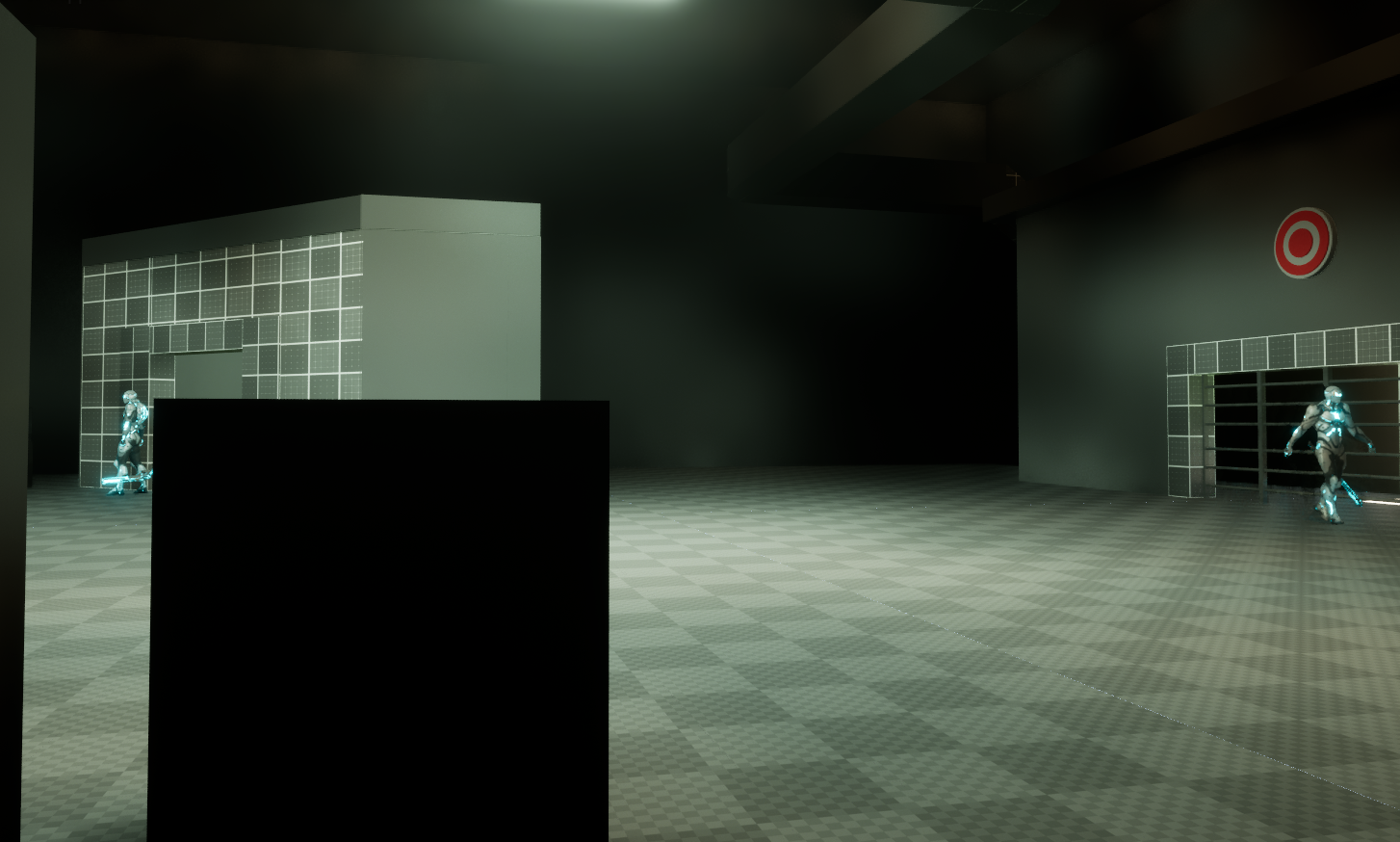
Target Behaviors and Related Design Choices
- The key goals for the design of this level were to encourage the player to scope the area, strategize their approach, use items to their advantage, and sneak through the space rather than making a mad dash for the finish line. I implemented a few mechanics and design elements that encourage the player towards these behaviors.
- For instance, the player spawn point is elevated above the main sneaking space right next to an easy access point to climb onto the vents. This placement gives the player an immediate opportunity to look over the level and plan before charging in. The goal of this was to make it clear from the beginning that the level is designed to be explored vertically. By emphasizing the importance of climbing on (and eventually through) the vents, the player is encouraged to look over the play space and strategize intentionally.
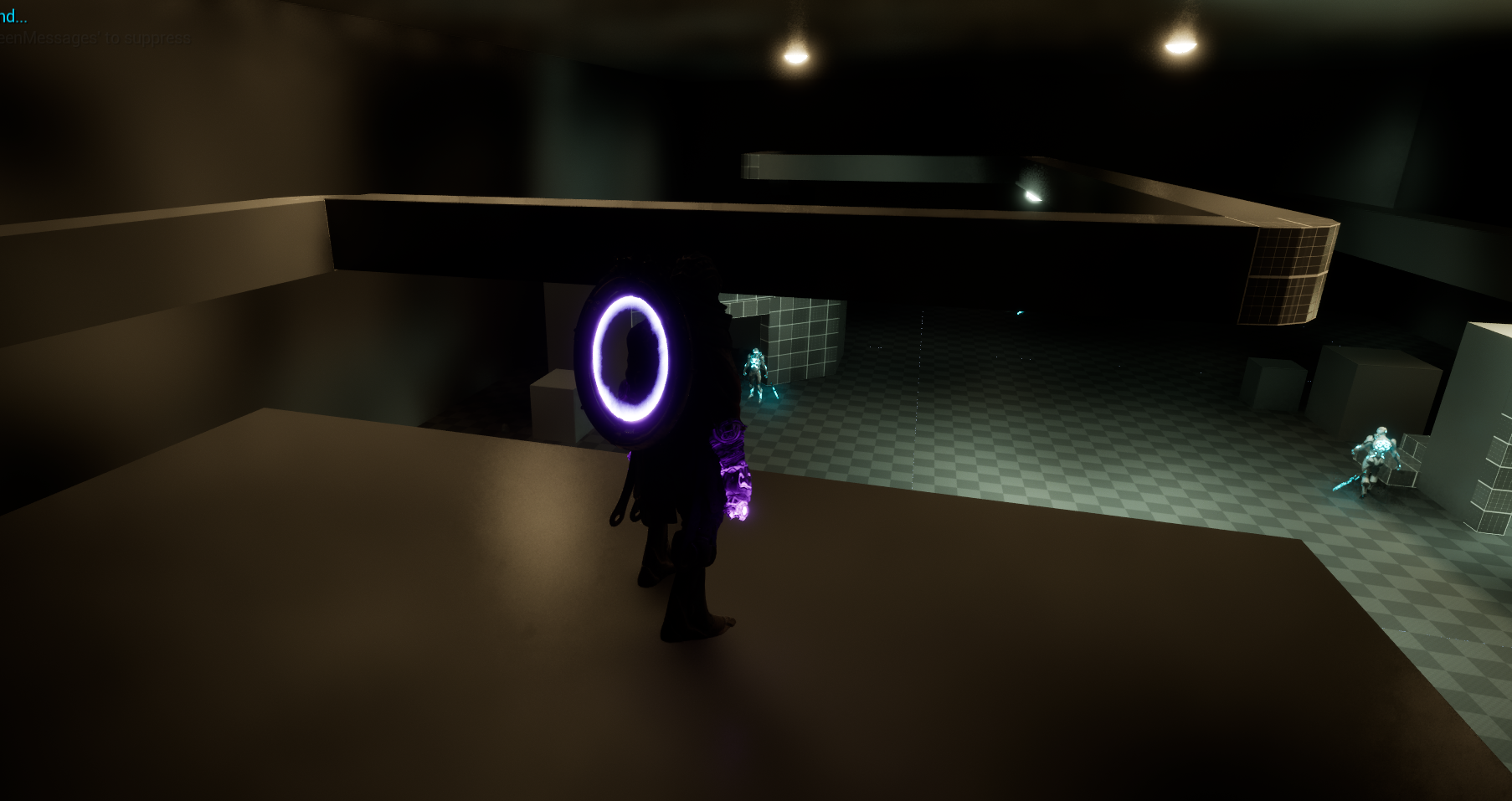
- When they have a plan in mind and begin moving through the level, they will find that throwable items are easy to come by. I placed them in areas that the player would naturally go to as they dart between hiding spots. They are mostly in or near hiding spots, where they can be thrown from a point of safety, to encourage their use.

- The guards and their patrol points are placed so that they have to be distracted in order to pass by unnoticed. The key that is required to unlock the path out of the level is in a small space, so trying to dash through the level without any sneaky techniques will almost definitely get the player caught.
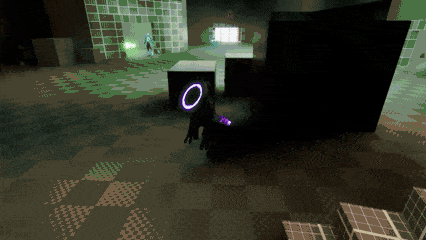
Multiple Possible Solutions
- The layout of the rooms give the player several options for their approach. There are many ways to move around the rooms and slip in between the patrol timings of the guards. The player has to use the rocks to distract one of the guards, but they can develop their own playstyle to deal with the others (sneaking with a timed approach or dashing quickly through).

- The player can also crouch, dash, distract, and hide to cater to their preferred playstyle.
Moments of Relief
- There are several areas where the player can take a breath that help prevent the tension from becoming boring or monotonous. These include the dark corners of the map and the vents, but the rooms that need to be snuck into also become moments for relief because there are no guard patrol points inside.
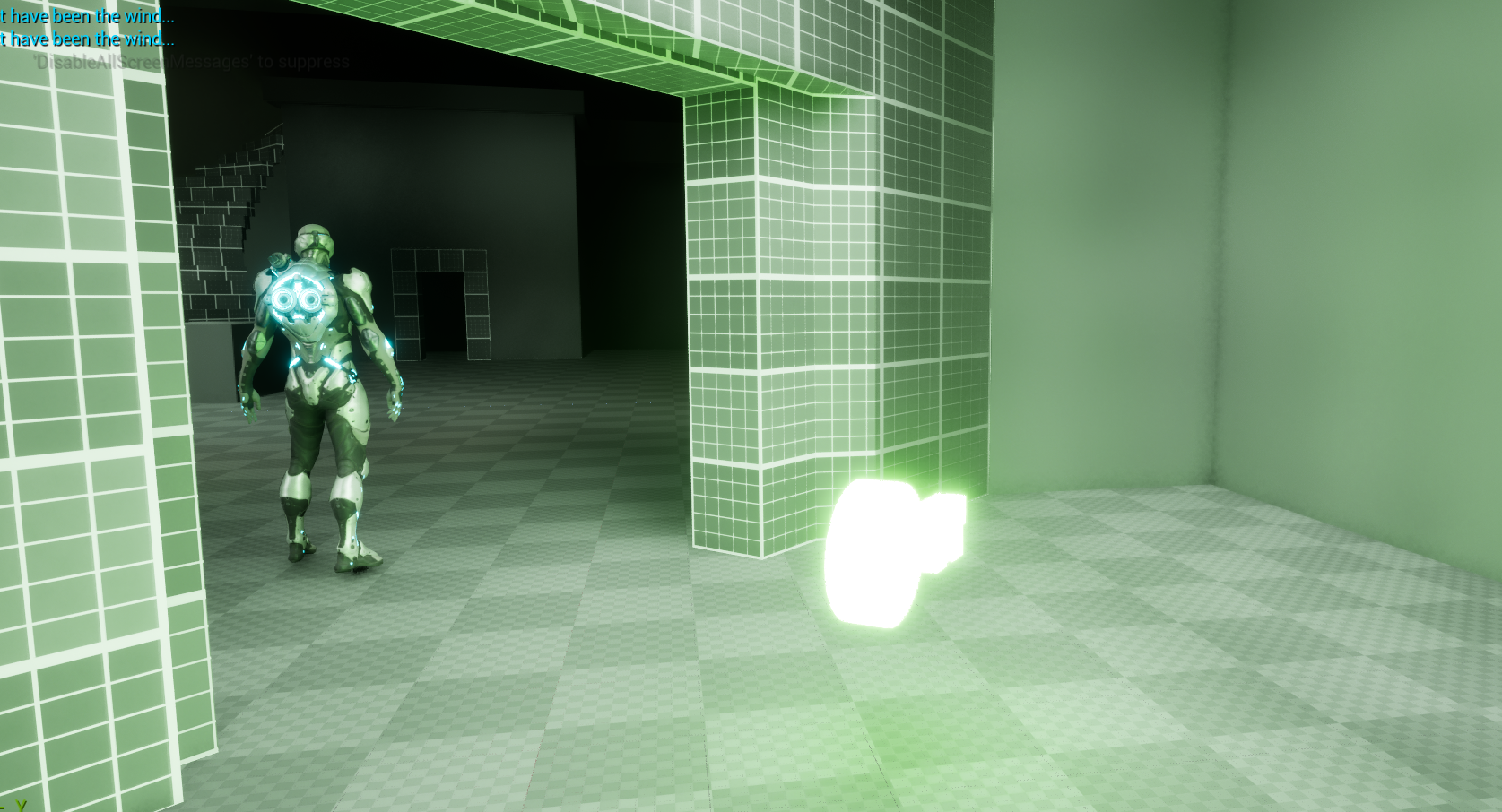
Results of Playtesting and Subsequent Design Changes
Playtest Result 1: Players immediately bypassed parts of the level by jumping from the vents and over the enemies.
The Fix: The death sequence is now triggered when the player falls longer than the allotted time for jumping, which prevents skipping over challenges and encourages creative gameplay. This is done with a retriggerable delay that tracks when the player is in the falling movement state for 0.85 seconds or more.

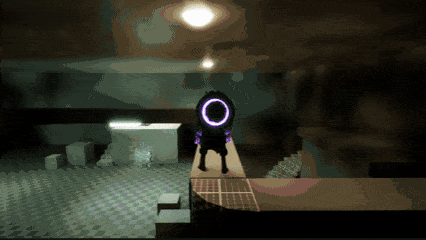
Playtest Result 2: Vents obstructed the view of important game items at the player spawn point, causing player confusion and lack of direction.
The Fix: I adjusted the placement and scaling of vents, the key room, and the key to allow for line of sight and player direction.
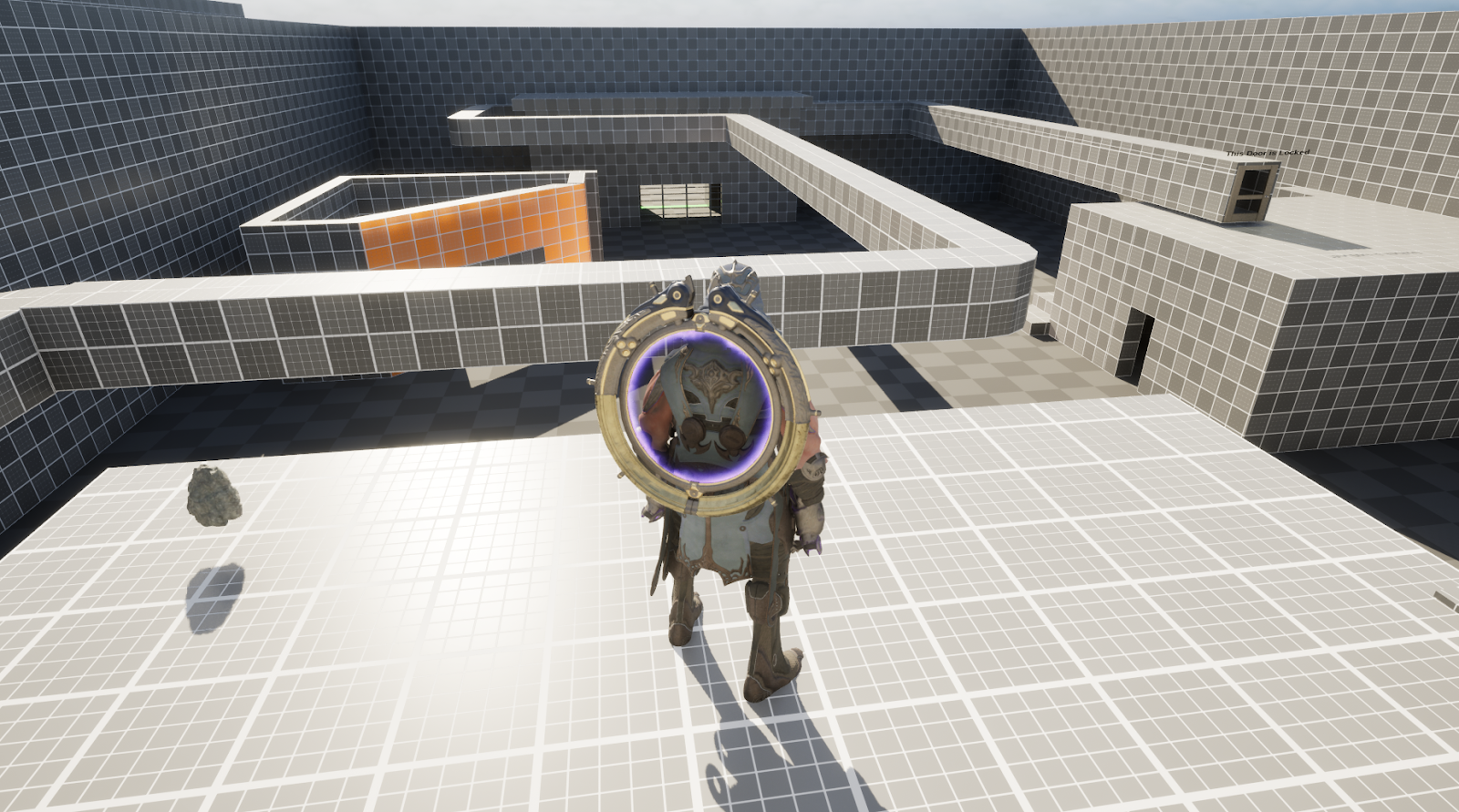
Playtest Result 3: Players thought the lighting was too harsh and took away from the experience.
The Fix: I reexamined the level’s lighting and decided to darken it overall and change the color of some of the emissive effects. I put warm lighting in areas where the player was safest and cold lighting in the areas that are more dangerous.
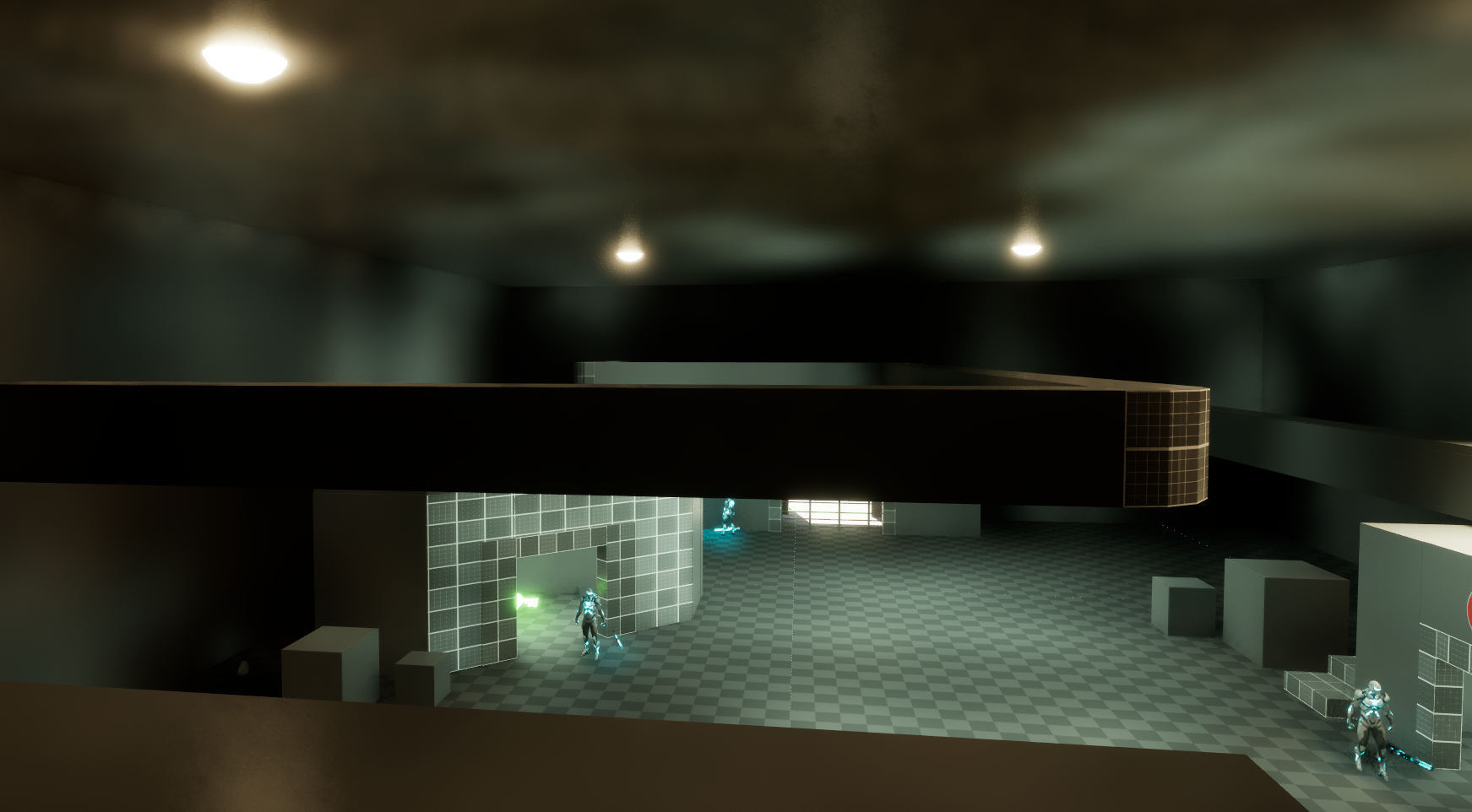
Unreal Engine Implementation
Enemy AI Perceives the Player Through Sight and Hearing
- Enemies have custom vision cones that can sense the player and noise sensing components that allow them to detect the noise from throwable objects.
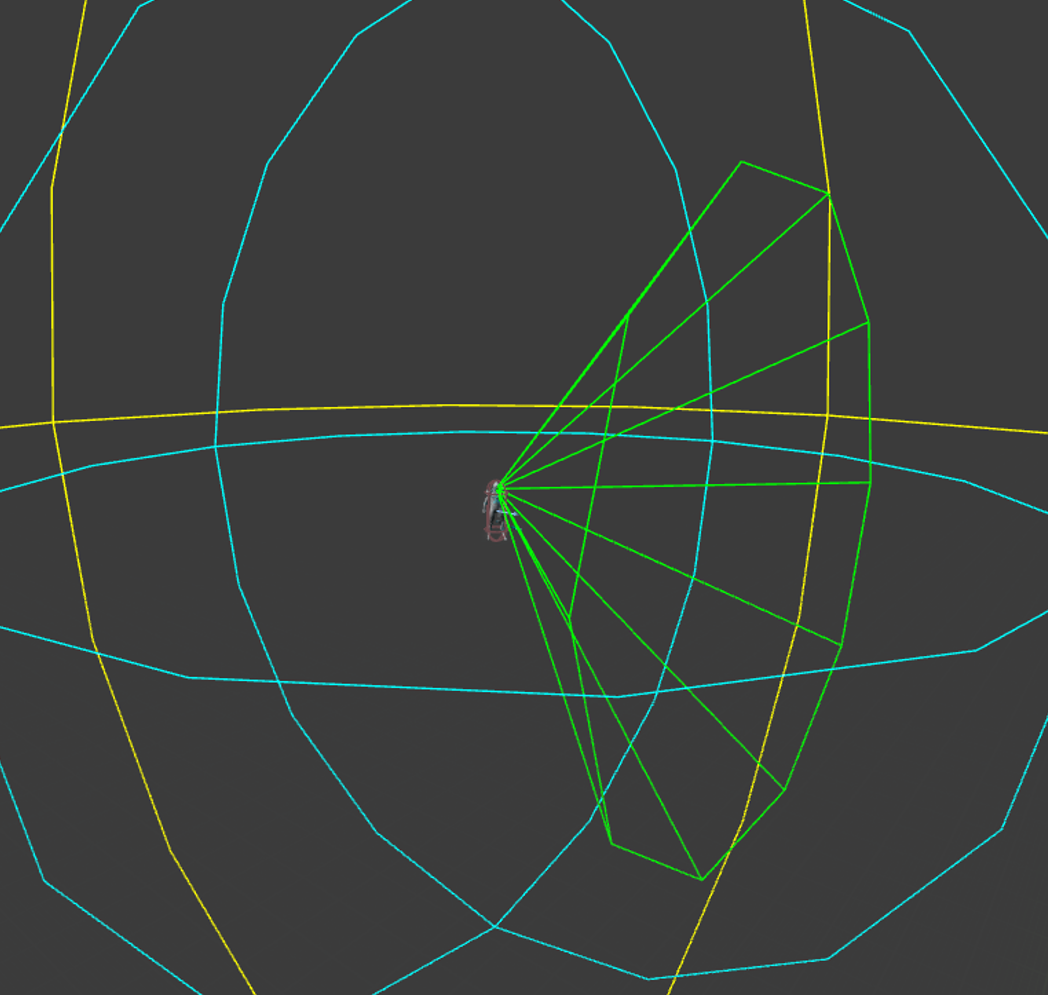
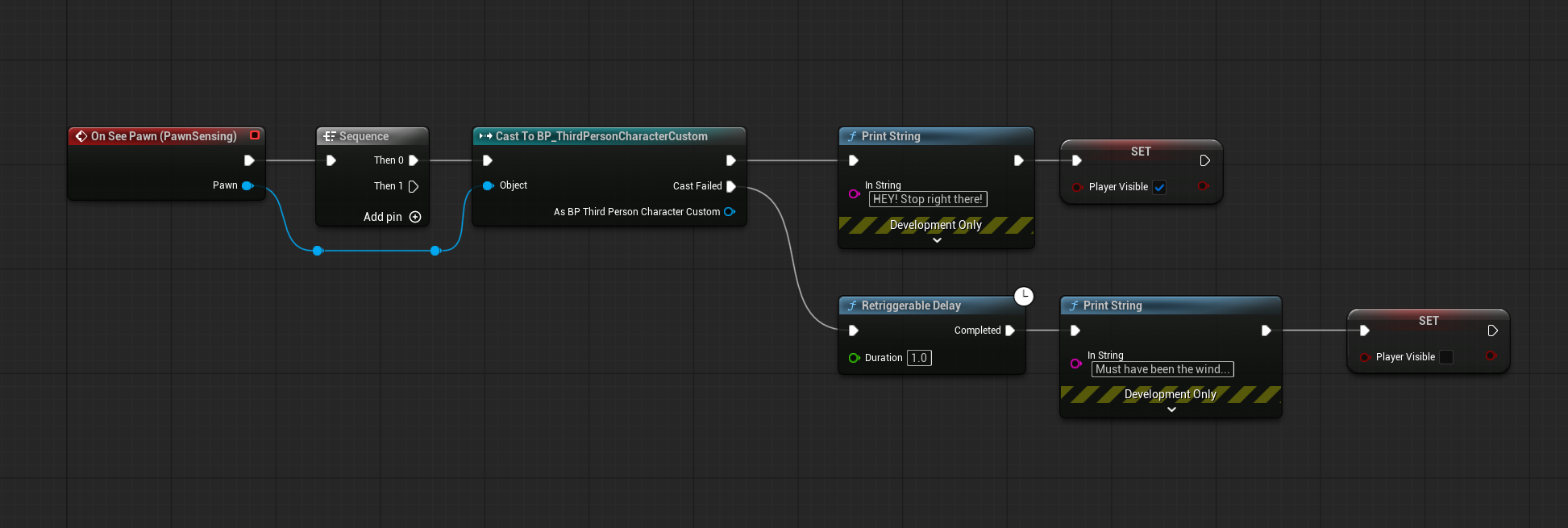
- Enemies are also able to sense noise with a pawn sensing node. This allows them to track and move to the location of the noise.

Enemy AI Patrols and Chases the Player
- Enemy AIs have functioning patrol routes that they will follow until distracted by noise sensing or player visibility. The enemy that guards the key room is stationary, however, and must be drawn away from his post with a distraction. The variation in routes and behavior keep the enemies from feeling stale.
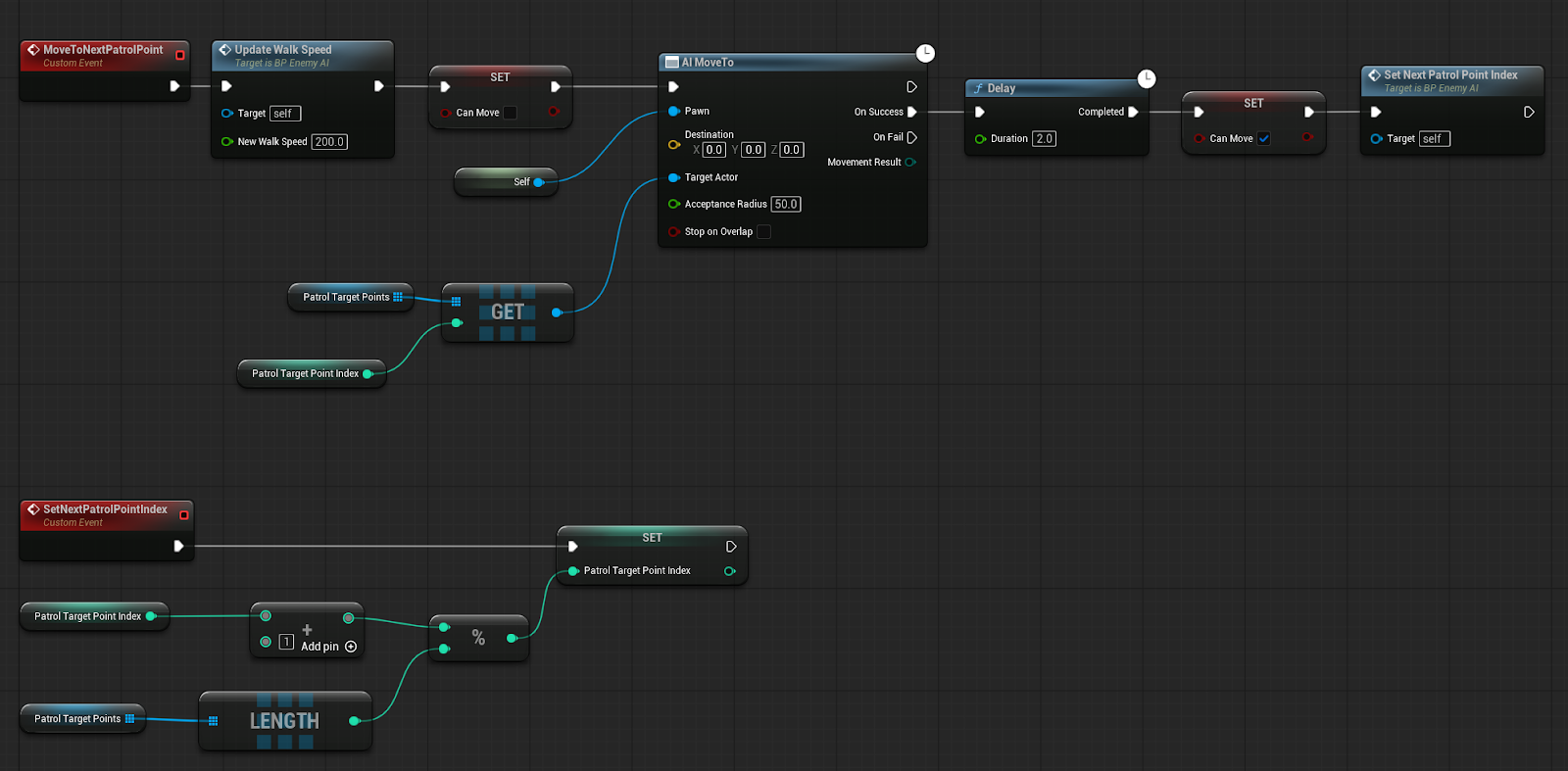
Animation Blending
- Player and enemy animations smoothly transition between movement states. This prevents jarring motion that could break immersion on top of making it more visually logical and pleasing.
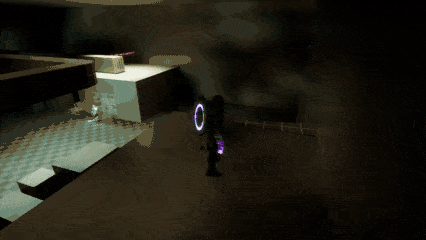

Win/Lose Conditions
- The win and lose conditions function, letting the player know that they were caught or that they fell and indicating when the level will start over.



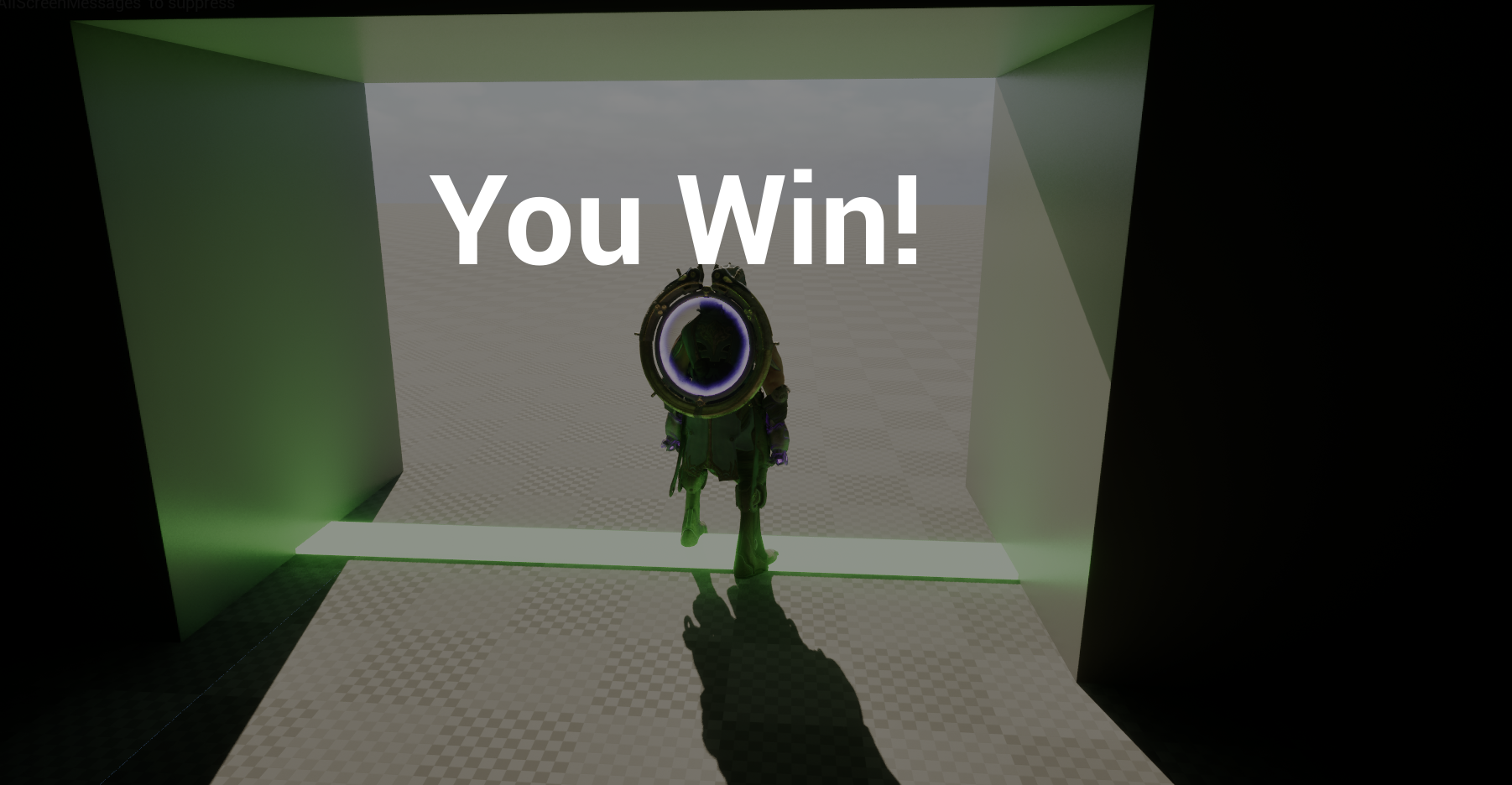
Distracting Throwable Item
- Rocks are placed around the environment and can be thrown to distract enemies with sound using a pawn sensing component.
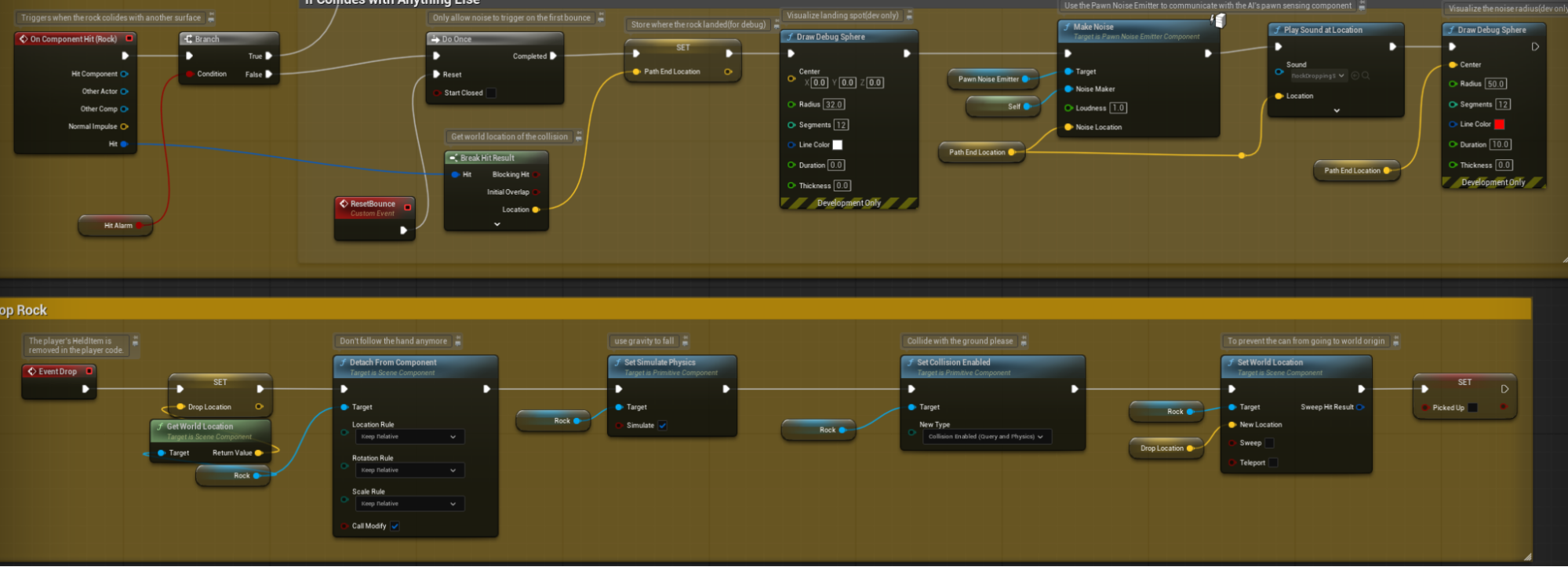
Save and Load System
- Players are able to start the game from the beginning if they lose rather than ending the game immediately. They can also save their progress while they play the level to load a save rather than starting back from the beginning every time.
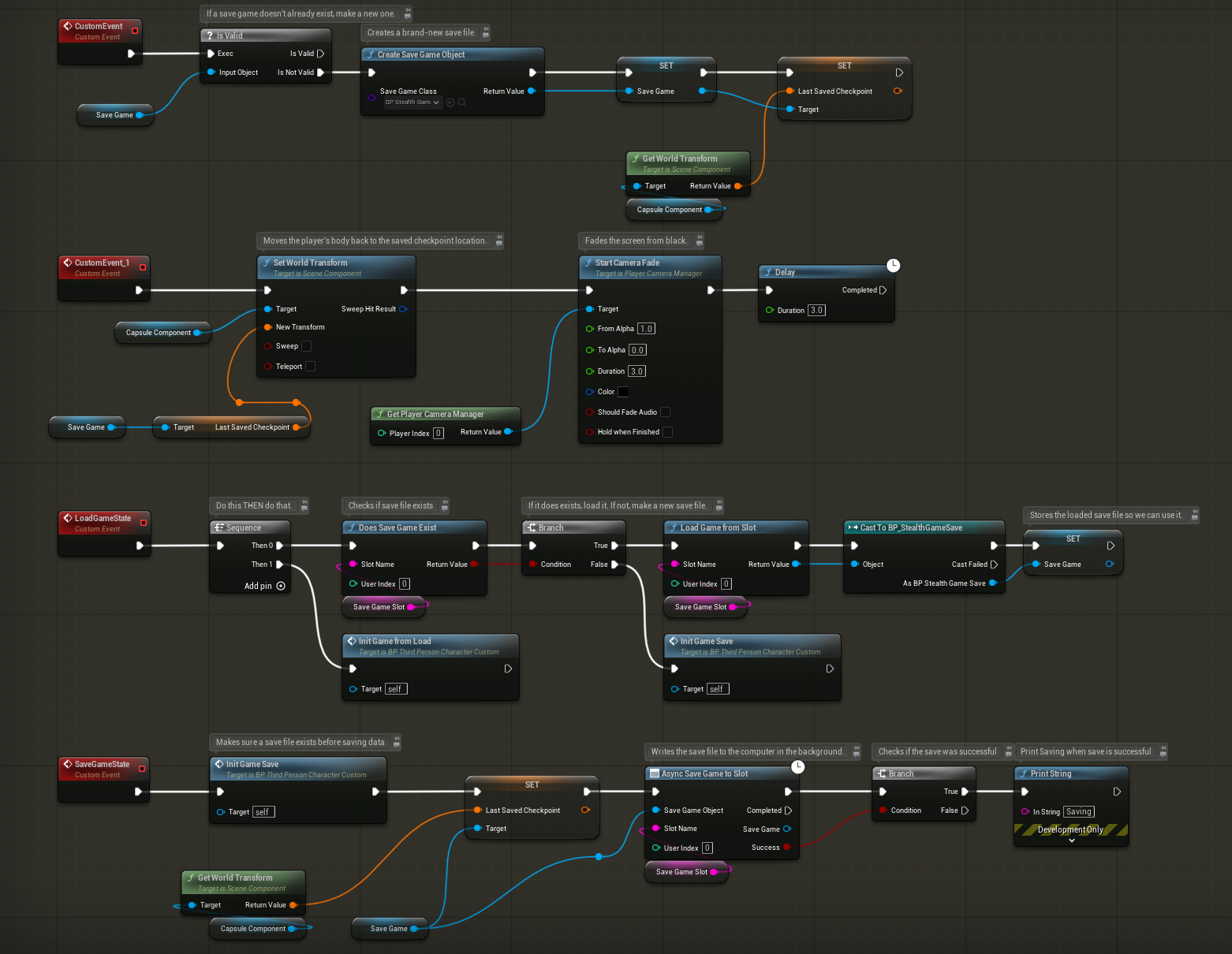
Player and Enemies are Reskinned
- All characters have been reskinned with Paragon assets. The player character is the Gideon asset, and the enemies are Wraith assets. Both were retargeted and adjusted to fix the squashing and distortion issue.
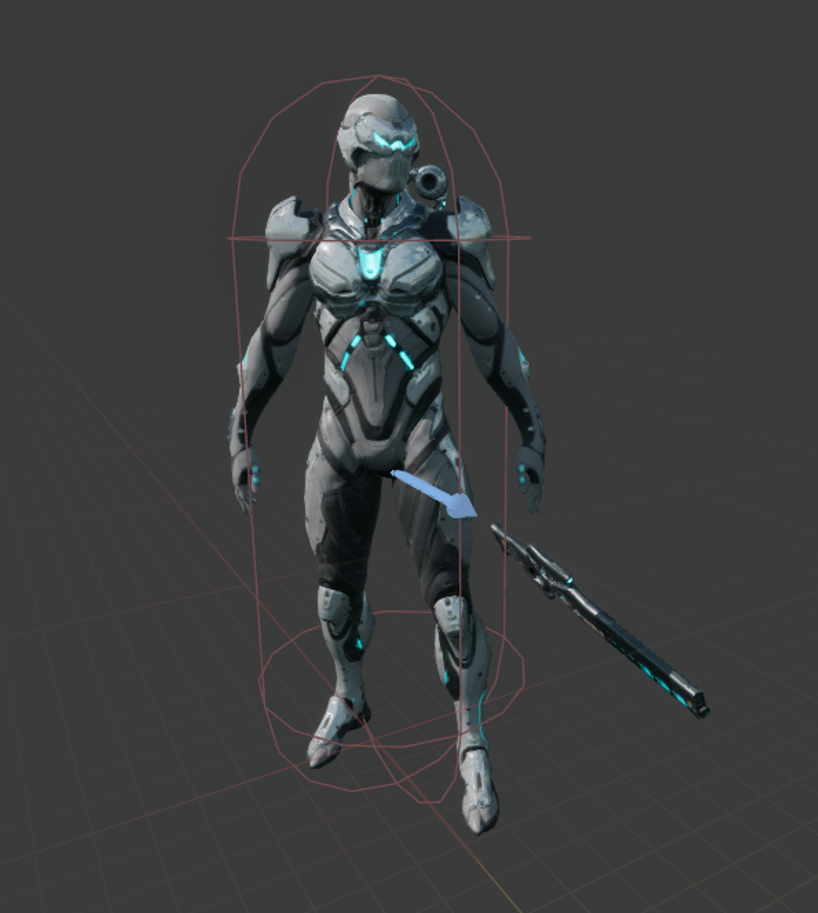

Player Movement Abilities are Implemented and Functional
- Players can smoothly walk, run, crouch, dash, pick up items, and throw items. The movement is balanced against that of the enemy AIs’ so that the player has a slight advantage and doesn’t lose motivation after failure.
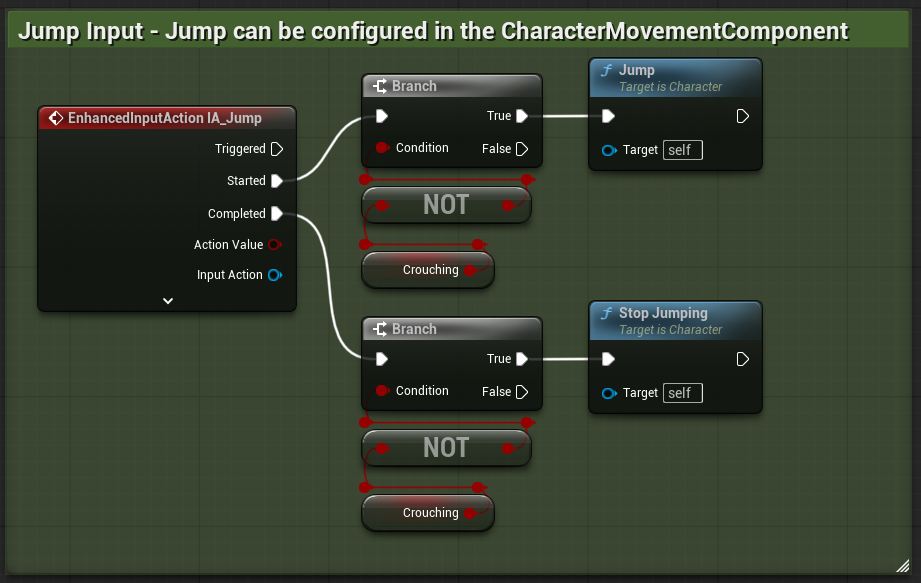

Conclusion/ TLDR:
This update changes the atmosphere of the game from a hodge podge of exercises to a more coherent and playable level. There are updates to be made for aesthetics, optimization, and quality of life, but overall I'm proud of everything I've been able to implement with it so far. Thanks for reading!
Files
Get Stealth Game
Stealth Game
A stealth game made in Game Design 1 at Wichita State University
| Status | In development |
| Author | milthornberry |
| Tags | 3D, Stealth, student, Third Person |
More posts
- Bean Bowling Bonanza67 days ago